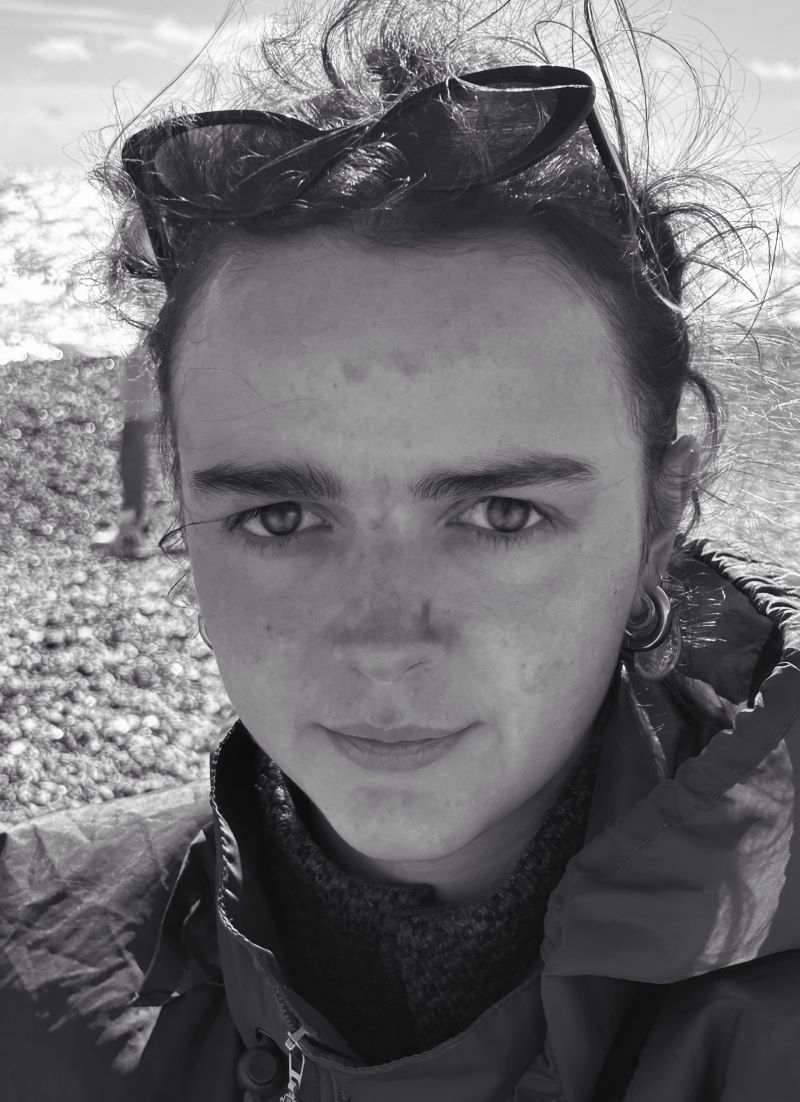
Perception, Insight and Self-Awareness

Summary
My project explores the interplay between perception, insight, and self-awareness. I conducted a study investigating the impact of conscious awareness of and control over perceptual predictions on mental well-being, using a purpose-designed perceptually ambiguous artwork I call an “interactive illusion”. I use EEG devices to collect quantitative data on brain activation patterns associated with insight, rest, and meditation. Participants’ emotional states are assessed before, during and after the experience through surveys and conversational interviews. The whole process will be documented and charted in an auto-ethnographic journal.
Approach and Methodology
From a young age, I have had a fascination for perceptual phenomena like autostereograms (better known as Magic Eye pictures) and optical illusions. They are a captivating examples showing the discrepancy between perceptual and cognitive processing. Take for instance the famous example of the Müller-Lyer illusion; cognitive awareness of the lines' equal length doesn't change their visually differing size.
My thinking evolved once I encountered the theory of relevance in linguistics, as well as active inference and the predictive processing framework of perception more generally. Adopting a dynamical systems lens, I began to understand the self as a complex being perceiving, inferring and acting within a complex environment. This opened the door to a connection between visual perception, cognitive science and mental health; how does the way we see affect the way we experience life, and what happens when we can find ways to consciously influence normally automatic processing pathways?
As an artist, I use my own work to probe how people’s visual experiences can be influenced. I developed an interactive ambiguous artwork designed to challenge participants' perceptual predictions and evoke moments of insight. The artwork serves as a focal point for a "looking meditation," during which participants receive prompts to shift their techniques of observation and reveal hidden images within the piece.I collect quantitative data using an EEG device, to monitor brain activation associated with insight, rest, and meditation during the experience.
Additionally, I use mental health and emotional scales and questionnaires, such as the MEQ-30, DEQ, Affect Grid, and PANAS-SF, to survey participants' feelings before, during, and after the exercise. Qualitative data is gathered through conversational interviews with participants, and my whole development process is documented in a visual auto-ethnographic journal.
Proposal/Outcome
Beyond Outcomes
Want to learn more about this project?


Overall LIS Journey
About me

I am an artist, with a degree in Painting from the Royal College of Art. My artistic practice explores the interplay between perception, physiological optics, and the natural world, as well as the relationship between form, matter, illusion, and meaning-making. I approach both the physical and life sciences intuitively, developing my work to reach people's instinctive connection to these spaces. Through the lens of magic, light, and play, my work reveals complex topics using affective responses at its core, transforming simple materials into signifiers of knowledge and meaning to heighten perceptual awareness and encourage positive change through self-reflection.
.svg)
Other Related Projects
Back to the repository


- A Pilot Based on Heathrow's Sustainability Goals







